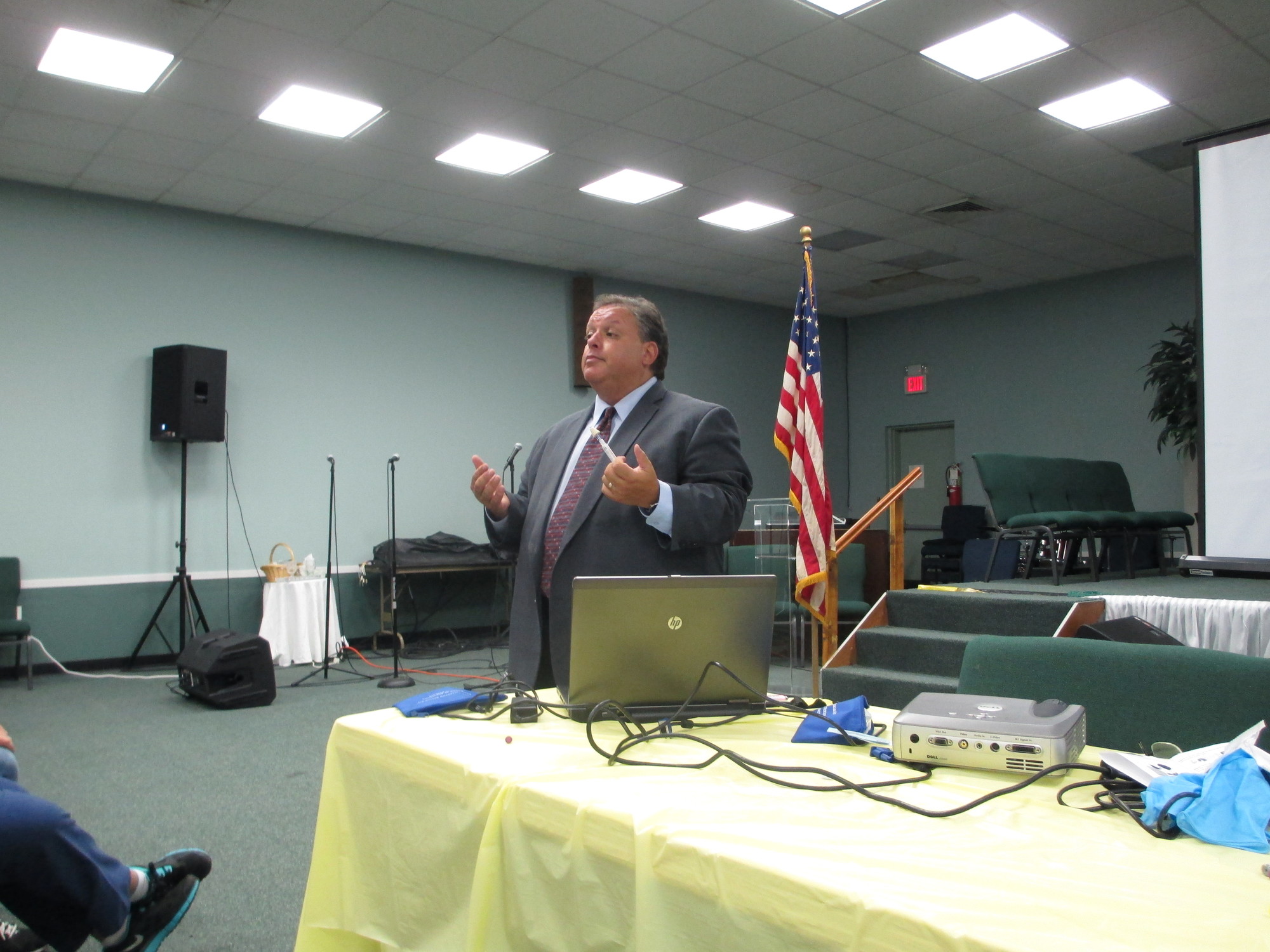Reversing an overdose, saving a life
What would you do if someone were overdosing on heroin or opiate-based painkillers right in front of you? How can you tell the difference between someone who’s just high or someone who may need lifesaving measures? Is there anything that can be done once you’ve dialed 911?
These and many other questions were answered on Jan. 28 at the Island Park Jewish Center, when representatives from the Nassau County Department of Human Service’s Office of Mental Health, Chemical Dependency and Developmental Disabilities presented a free overdose training seminar as part of a behavioral health awareness campaign, presented by the Island Park Civic Association and Nassau County.
That night, dozens of people were trained and certified in the use of Narcan, or naloxone, and received a kit with the necessary lifesaving items.
“It’s a problem in every community. Narcan is one of the best tools we have. Our training combines how to recognize an overdose with how to administer the antidote,” said Eden Laikin, the county’s director of governmental research. She added they have seen an increase in fatal overdoses in Oceanside..Since 2011, more than 498 people died in Nassau from Opioid overdoses. According to the CDC, deaths by Opioids – such as Heroin and prescription painkillers – now outnumber deaths by traffic accidents.
Because most heroin is now 40 percent pure (as compared to 10 to 20 percent in the 1960s and ’70s), it doesn’t have to be injected with a needle — it can be inhaled, snorted or smoked. It’s easy to obtain, and it’s less expensive than it was years ago.
Young heroin users are just part of the problem. A surprising statistic reveals that the most common age group for deaths caused by opiates is 65- to 70-year-olds.
“It’s their painkillers,” said David Hymowitz, director of Program Development at the Mental Health Association of Nassau County, who gave the presentation. “They take their prescription medication, then forget during the night, then take more. They overdose. Many die with someone sleeping right next to them.”






